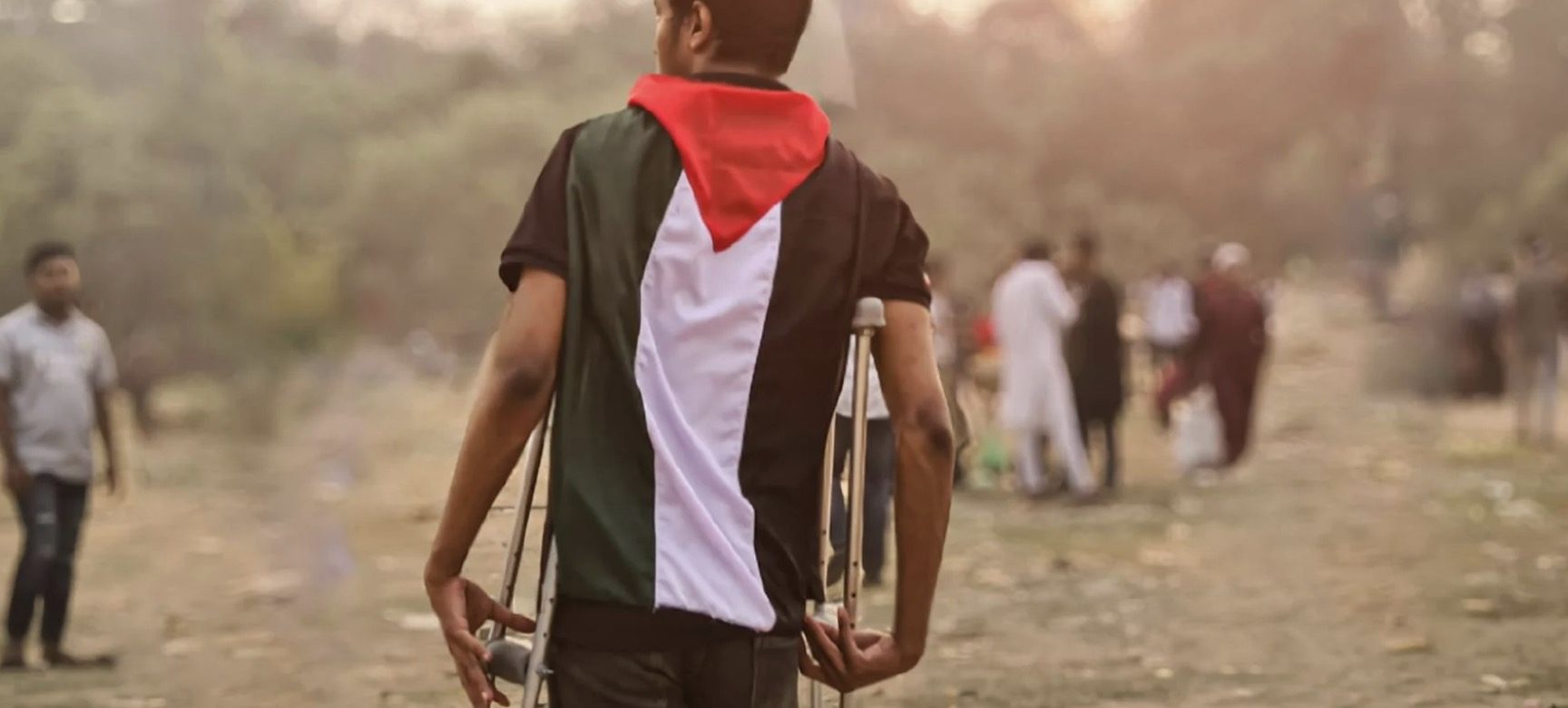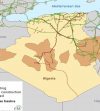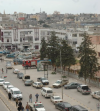During a presentation on the economic and financial situation in the Palestinian Territories on May 12, 2025, the World Bank warned of the immense challenges facing the region, nearly eighteen months after the outbreak of the war in Gaza. In 2024, Palestinian GDP fell by 27%, marking the worst economic contraction in a generation. Gaza was particularly hard hit, with an 83% reduction in GDP, while the West Bank recorded a 17% decline.
Movement restrictions, loss of access to the Israeli labor market, and fiscal instability have only contributed to further deteriorating the situation. Poverty has skyrocketed, rising from 29% in 2023 to nearly 40% in 2024. Almost all households in Gaza live in poverty and depend on humanitarian aid.
- Health: A System in Collapse.
The health sector is severely affected in both the West Bank and Gaza. In the West Bank, budgetary pressures have led to a growing reliance on payment arrears: in 2024, more than 75% of essential medicine purchases, hospital services, and medical evacuations were financed by unpaid debts.
In Gaza, the situation is even more critical. Nearly half of the hospitals (49%) and 60% of the clinics are no longer functional. Epidemics such as polio are resurfacing, 650,000 people require follow-up care for chronic illnesses, and more than 25,000 injured people require corrective surgery. Virtually the entire population has mental health needs. Other services are overloaded and cannot meet even the most basic needs.
- Education: Massive disruption to learning.
In Gaza, more than 745,000 pupils and students have been deprived of education since the beginning of the conflict. Most schools have been destroyed or damaged. Temporary or distance learning initiatives remain marginal, hampered by security and logistical constraints.
In the West Bank, strikes linked to delayed teacher salary payments, as well as increasing travel difficulties with the proliferation of checkpoints, have compromised the school year. In 2023/24, students attended classes only two days a week. For 2024/25, the year started late, with remote learning being implemented in some areas. Physical access to several schools remains blocked in some high-pressure areas, particularly Jenin, Tubas, and Tulkarem.
- Energy: A near-total blackout in Gaza.
Gaza’s energy sector is paralyzed: approximately 80% of the infrastructure has been destroyed or severely damaged since October 2023. The only power plant is shut down, and the 120 MW Israeli supply has been suspended. Gaza is experiencing a near-permanent blackout, affecting hospitals, water distribution, and communications systems.
Estimated losses in the sector amount to USD 500 million. Restoring power depends on international technical and diplomatic support.
- Food Security: Dependence on Humanitarian Aid.
The population of Gaza depends almost entirely on international aid for its food supply. Between January and March 2025, 77,000 tons of food were delivered to 1.2 million people, thanks to temporary truces. However, the closure of entry points in March halted all aid flows, exacerbating food insecurity.
The number of incoming trucks is plummeting, and local agriculture is itself seriously affected.
- Banking and Financial Sector: Growing Instability.
The Palestinian banking system, long considered resilient, is now facing acute instability. Bank profitability has fallen sharply (ROA and ROE indicators), especially in Gaza. Bad loans represent 5.1% of total loans, and liquidity losses amount to over USD 200 million. At the same time, lending to the private sector is declining while exposure to public debt is increasing, putting banks under pressure.
Banking services are also affected by the growing fragility of relationships with Israeli correspondent banks. Nearly USD 6.8 billion in cross-border transactions are at risk (import-export, tax revenues, public utility payments), representing nearly half of Palestinian GDP.
In Gaza, the shortage of physical cash has accelerated the adoption of digital payments: more than 530,000 e-wallets are active. The iBuraq infrastructure processed 478,000 transactions in the fourth quarter of 2024. However, adoption remains incomplete, and efforts are needed to integrate suppliers and wholesalers into the system.
- Public finances: alarming deficit and dependence on foreign aid.
The Palestinian Authority’s budget deficit will reach 13.4% of GDP in 2025, or approximately USD 2.3 billion. Payment arrears now exceed 40% of GDP, and domestic debt has crossed regulatory thresholds. Public revenues are declining (USD 3.2 billion projected in 2025 compared to USD 4.3 billion in 2023), while expenditures are increasing due to the humanitarian crisis.
Without access to international markets, foreign aid remains the only viable source of financing.
Source: French Embassy in Jerusalem











Réagissez à cet article